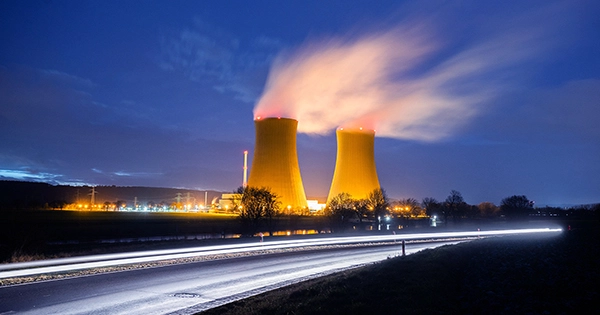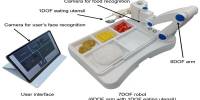Nanotechnology is the study of science, engineering, and technology at the nanoscale, which ranges from 1 to 100 nanometers. Nanoscience and nanotechnology are the study and application of extremely small things, and they can be used in any other science field, including chemistry, biology, physics, materials science, and engineering. Microbrewery waste can be used as a carbon source to synthesize quantum dots, according to researchers.
For several years, spent grain, or cereal residue from breweries, has been repurposed in animal feed. This material may now be used in nanotechnology as well! Professor Federico Rosei’s team at the Institut national de la recherche scientifique (INRS) has demonstrated that microbrewery waste can be used to synthesize quantum dots as a carbon source. The research, conducted in collaboration with Claudiane Ouellet-Plamondon of the École de technologie supérieure (ETS), was published in the journal RSC Advances of the Royal Society of Chemistry.
Quantum dots, also known as “artificial atoms,” are used in light transmission. This type of nanotechnology, with a variety of intriguing physicochemical properties, has been successfully used as a sensor in biomedicine or as LEDs in next-generation displays. However, there is a disadvantage. Current quantum dots are made from heavy and toxic metals such as cadmium. Carbon is an intriguing alternative due to its biocompatibility as well as its accessibility.
From a circular economy standpoint, the use of spent grain highlights both an environmentally responsible approach to waste management and an alternative raw material for the synthesis of carbon quantum dots.
Professor Rosei
An eco-responsible approac
Daniele Benetti, a postdoctoral fellow at INRS, and Aurel Thibaut Nkeumaleu, the master’s student at ÉTS who conducted the research, chose brewery waste as a source material. Essentially, they wanted to conduct various experiments with readily available materials. This is how the scientists came to collaborate with the Brasseurs de Montréal to obtain their cereal residues.
“From a circular economy standpoint, the use of spent grain highlights both an environmentally responsible approach to waste management and an alternative raw material for the synthesis of carbon quantum dots,” says Professor Rosei. The benefit of using brewery waste as a source of carbon quantum dots is that it is naturally enriched with nitrogen and phosphorus. This eliminates the need for pure chemicals.

“This research was a lot of fun, lighting up what we can do with the beer by-products,” says Claudiane Ouellet-Plamondon, Canada Research Chair in Sustainable Multifunctional Construction Materials at ÉTS. “Moreover, ÉTS is located on the site of the former Dow brewery, one of the main breweries in Quebec until the 1960s. So there is a historical and heritage link to this work.”
Although modern nanoscience and nanotechnology are quite new, nanoscale materials were used for centuries. Alternate-sized gold and silver particles created colors in the stained glass windows of medieval churches hundreds of years ago. The artists back then just didn’t know that the process they used to create these beautiful works of art actually led to changes in the composition of the materials they were working with.
Today’s scientists and engineers are finding a wide variety of ways to deliberately make materials at the nanoscale to take advantage of their enhanced properties such as higher strength, lighter weight, increased control of light spectrum, and greater chemical reactivity than their larger-scale counterparts.
An accessible method
In addition to using biobased materials, the research team wanted to demonstrate that carbon quantum dots could be produced using conventional methods. The scientists used a home microwave oven to carbonize the spent grain, resulting in a black powder. It was then mixed with distilled water and returned to the microwave oven. The quantum dots were obtained through centrifugation and advanced filtration. Their finished product could detect and quantify heavy metals as well as other contaminants that affect water quality, the environment, and human health.
Beyond proof of concept, the next steps will be to characterize these carbon quantum dots derived from brewery waste. The research team is convinced that this nanotechnology has the potential to become sophisticated detection sensors for various aqueous solutions, even in living cells.















